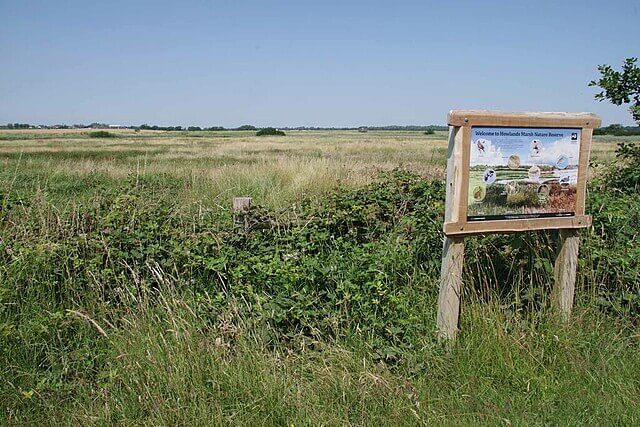
The area of land in England that is effectively protected for nature continues to decline, according to new data from the country’s largest coalition of wildlife organisations, as experts accuse the government of allowing natural habitats to deteriorate.
Under a legal commitment made in 2020 by then prime minister Boris Johnson, the government is obliged to ensure that 30% of the UK’s land and sea are protected for nature by 2030. Yet current figures show that only 2.83% of England, 2.4% of Wales, 4% of Northern Ireland and 12.6% of Scotland are effectively protected — giving a UK-wide average of just 6%, far short of the target.
Analysis by Wildlife and Countryside Link found that England’s effectively protected area has fallen from 2.93% in 2024. The coalition assessed legally protected sites, such as Sites of Special Scientific Interest (SSSIs), to determine whether they were in favourable condition.
Its latest report says: “We can only be confident that 2.83% of England’s land is effectively protected and well managed for nature. This is a decrease from 2.93% in 2024 and 3.11% in 2023.
“This decrease is a result of a deterioration in the reported condition of some SSSIs, rather than a reduction in extent. 33% of SSSIs are in favourable condition in 2025, compared to 38% in 2021 and 39% in 2017.”
Conservation groups warn that this figure could fall even further if the government proceeds with the proposed planning and infrastructure bill. The legislation, which is currently passing through parliament, would remove legal safeguards for many nature sites previously protected under EU law. The Guardian recently reported that as many as 5,000 sites could be at risk.
The authors of the report say ministers are failing to safeguard the UK’s natural environment in several key ways: the creation of new protected areas is progressing too slowly; many existing sites remain damaged or poorly managed; and the government lacks the data necessary to monitor biodiversity and plan effective recovery strategies.
Concerns also extend offshore. Although 38% of UK waters are designated as Marine Protected Areas (MPAs), many remain vulnerable to harmful activities such as bottom trawling, dredging, pollution, offshore energy development and cable laying. Earlier this year, Sir David Attenborough drew public attention to bottom trawling in a documentary that exposed how the destructive practice — which wipes out all seabed life — is still occurring within supposedly protected marine zones.
The chief executive of Wildlife and Countryside Link, Richard Benwell, said: “With just five years left, the UK runs a real risk of missing its 30by30 nature target by a country mile. Protecting 30% of land and sea is not a luxury. It’s vital to halt wildlife decline and to secure the natural foundations of our health and economy.
“The goal is still attainable, but only if ministers show real political will. A rapid rollout of new protected sites, along with better care for nature in our national parks and landscapes, could make this ambition a reality.”
A Defra spokesperson said: “Nature is not a luxury, it’s life itself, and as a proud nation of nature lovers the government is committed to turning the tide on its decline after years of neglect. We will publish our 30×30 action plan in due course, outlining the concrete and targeted actions we will take to achieve these targets.”
——————————————————————————
At Natural World Fund, we are passionate about restoring habitats in the UK to halt the decline in our wildlife.

